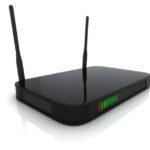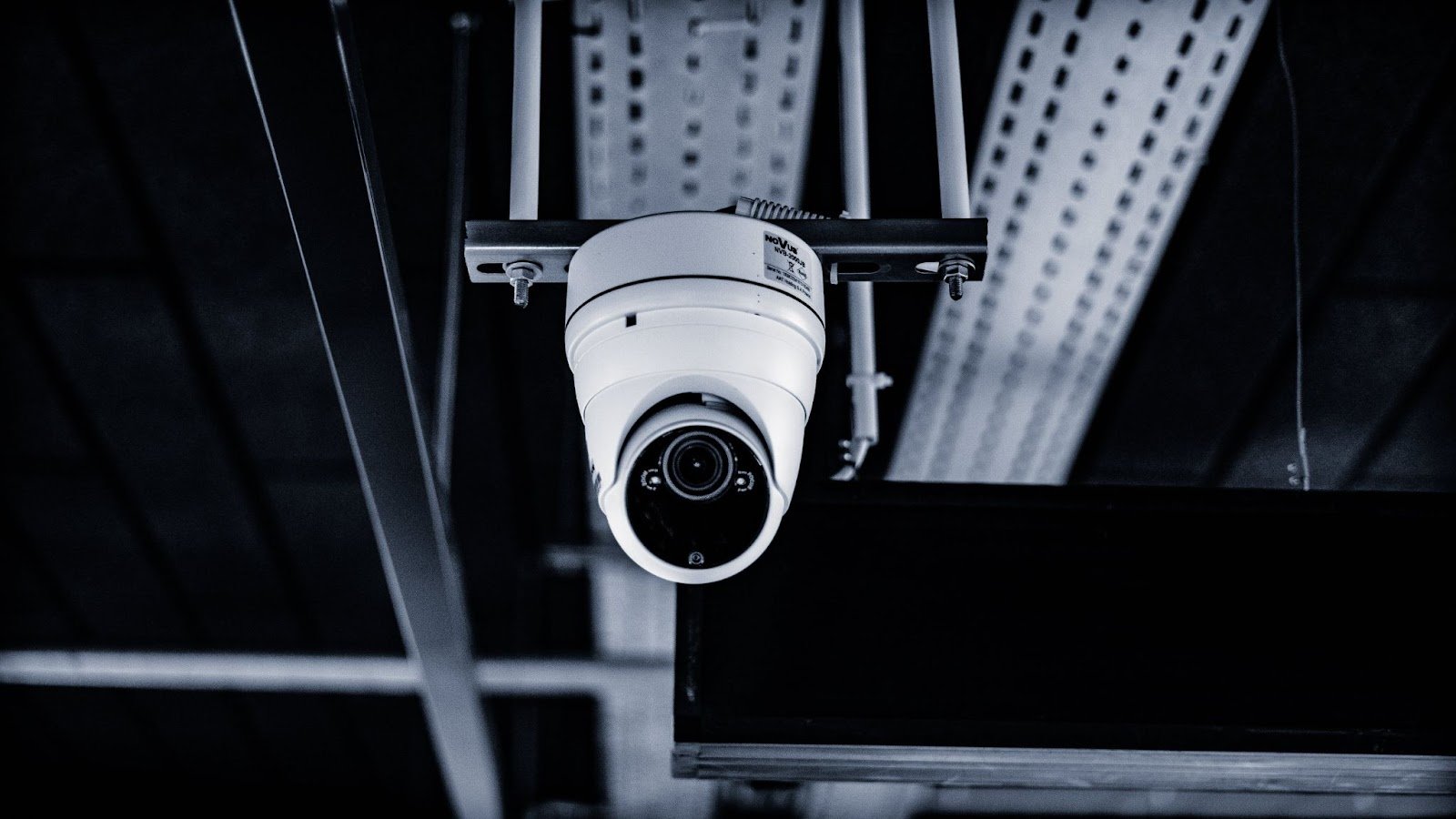Whether you’re working, watching your favorite show, or playing an online game, having a reliable internet connection is extremely important. Even if you have a gigabit connection, your router might have problems giving you the full speed.
So, let’s take a look at six ways you can improve the internet connectivity around your house.
Restart Your Router and Devices
Upgrade Your Connection
Switch Wi-Fi Bands
Relocate Your WiFi Router
Adjust the Router’s Antennas
Extend the Reach of Your WiFi
Restart Your Router and Devices
IT people know that turning a device off and then on fixes most tech problems. If your internet is slower than expected, try restarting your router or modem. This can help fix problems since rebooting your router will clear its memory, end the ongoing tasks as well as reload the firmware on the router.
To reboot it, unplug your router from your power supply and wait for around a minute. Some routers have capacitors in them which can keep them running for a few seconds in case of a power outage. Waiting for a minute or so can make sure that those capacitors are fully discharged.
Then, simply plug the router back in and wait for it to boot up properly. This will help fix IP address conflicts, bugs in the software, or any overheating issues with your router.
Upgrade Your Connection
If it’s been a while since you upgraded your internet plan, it might just be the time to do so. In recent years, bandwidth requirements have increased, which is why it’s becoming more and more important to have a fast internet connection.
Most internet providers like Cox, Xfinity, and Spectrum offer multiple internet plans for their users. If your internet plan isn’t giving you the connectivity that you were used to, now might be the perfect time to upgrade.
One provider we use and recommend is Cox, mainly because they offer reliable internet at very competitive rates. Feel free to check out Cox Internet prices to find the plan that suits your needs.
Switch Wi-Fi Bands
Most modern routers have at least two frequency bands: 2.4 GHz and 5 GHz. Some of the newer and more expensive models have the 6 GHz band as well. Before we move on, let’s take a look at some of the properties of these bands.
| 2.4 GHz | 5 GHz | 6 GHz | |
| Speed | Slow | Faster | Fastest |
| Range | Long | Medium | Short |
| Interference | Most | Less | Least |
If you’re having issues with the WiFi signal not reaching the edges of your house, you should generally go for a 2.4 GHz connection. However, if you need fast internet connectivity in a smaller space then you should opt for 5 GHz.
If there are a lot of other devices in your area causing network congestion, it’s a good idea to use the newer 6 GHz frequency band which will get you the fastest speed at a lower congestion.
Relocate Your WiFi Router
If adjusting the frequency bands doesn’t improve the signal quality of the WiFi in your house, your router might not be in an optimal position.
Generally, your router should always be in a central, open location in your house that doesn’t have a lot of obstructions. Your router also shouldn’t have a lot of electrical appliances near it, especially ones that emit radiation like microwaves, cellphones, and even washing machines.
Your router emits a WiFi signal in a circular shape, so make sure you have it placed in your living room, or basically in the center area of your home. Try not to place your router inside a cabinet or cupboard, and you should try to place it in a higher location in the room.
Adjust the Router’s Antennas
This can have a small but noticeable effect on the performance and connectivity of your internet. Routers with external antennas usually have them pointed upwards, which allows them to have a long horizontal range.
Having your router’s antenna pointed upwards is generally a good idea, especially if there’s only one floor. However, if your house has multiple floors, we recommend adjusting the antennas in a “V” shape with both antennas at a 45-degree angle.
If your router has more than two antennas, try adjusting them in different positions to get maximum range.
Extend the Reach of Your WiFi
Most of the time, a fading WiFi signal can cause slowdowns and stutters in your internet connection. If your living space has a large area, then you might just need to get a WiFi extender to evenly distribute signals around the house.
Here are some of the devices you can use to boost your WiFi signal:
- Extenders: WiFi extenders can connect to your router and repeat the signal by increasing the signal strength. It’s usually added between the router and the user’s device. Using an extender generally has a negative impact on internet speed.
- Boosters: A WiFi booster can be used to extend the range of a network. It can eliminate any dead spots in the house and is added to the router itself. These offer faster speeds and allow you to connect multiple devices at once.
- Mesh System: A mesh system allows you to create a group of multiple smaller networks that act as a single network. This allows you to have multiple points of connection instead of a single central router.
If your internet is still slowing down, or the connection quality keeps dropping, try contacting your internet service provider. They might help you fix any connection issues while you’re on the call or send out a technician to diagnose and fix your connection.











